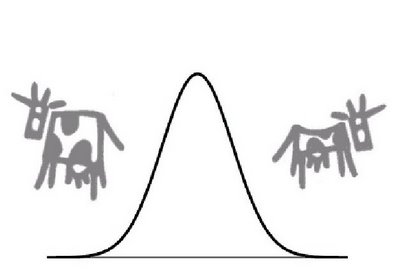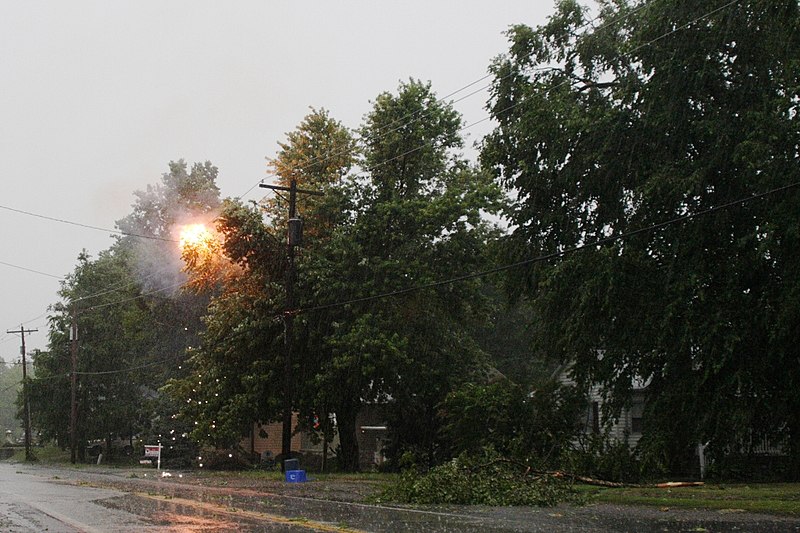 AlterNet | The great age of renewable energy is in our distant future. Before then, energy prices will rise, environmental perils will multiply and conflict will grow. Buckle your seatbelts.
AlterNet | The great age of renewable energy is in our distant future. Before then, energy prices will rise, environmental perils will multiply and conflict will grow. Buckle your seatbelts.The debate rages over whether we have already reached the point of peak world oil output or will not do so until at least the next decade. There can, however, be little doubt of one thing: we are moving from an era in which oil was the world's principal energy source to one in which petroleum alternatives -- especially renewable supplies derived from the sun, wind, and waves -- will provide an ever larger share of our total supply. But buckle your seatbelts, it's going to be a bumpy ride under Xtreme conditions.
It would, of course, be ideal if the shift from dwindling oil to its climate-friendly successors were to happen smoothly via a mammoth, well-coordinated, interlaced system of wind, solar, tidal, geothermal, and other renewable energy installations. Unfortunately, this is unlikely to occur. Instead, we will surely first pass through an era characterized by excessive reliance on oil's final, least attractive reserves along with coal, heavily polluting "unconventional" hydrocarbons like Canadian oil sands, and other unappealing fuel choices.
There can be no question that Barack Obama and many members of Congress would like to accelerate a shift from oil dependency to non-polluting alternatives. As the president said in January, "We will commit ourselves to steady, focused, pragmatic pursuit of an America that is free from our [oil] dependence and empowered by a new energy economy that puts millions of our citizens to work." Indeed, the $787 billion economic stimulus package he signed in February provided $11 billion to modernize the nation's electrical grid, $14 billion in tax incentives to businesses to invest in renewable energy, $6 billion to states for energy efficiency initiatives, and billions more directed to research on renewable sources of energy. More of the same can be expected if a sweeping climate bill is passed by Congress. The version of the bill recently passed by the House of Representatives, for example, mandates that 20% of U.S. electrical production be supplied by renewable energy by 2020.
But here's the bad news: even if all these initiatives were to pass, and more like them many times over, it would still take decades for this country to substantially reduce its dependence on oil and other non-renewable, polluting fuels. So great is our demand for energy, and so well-entrenched the existing systems for delivering the fuels we consume, that (barring a staggering surprise) we will remain for years to come in a no-man's-land between the Petroleum Age and an age that will see the great flowering of renewable energy. Think of this interim period as -- to give it a label -- the Era of Xtreme Energy, and in just about every sense imaginable from pricing to climate change, it is bound to be an ugly time.





























